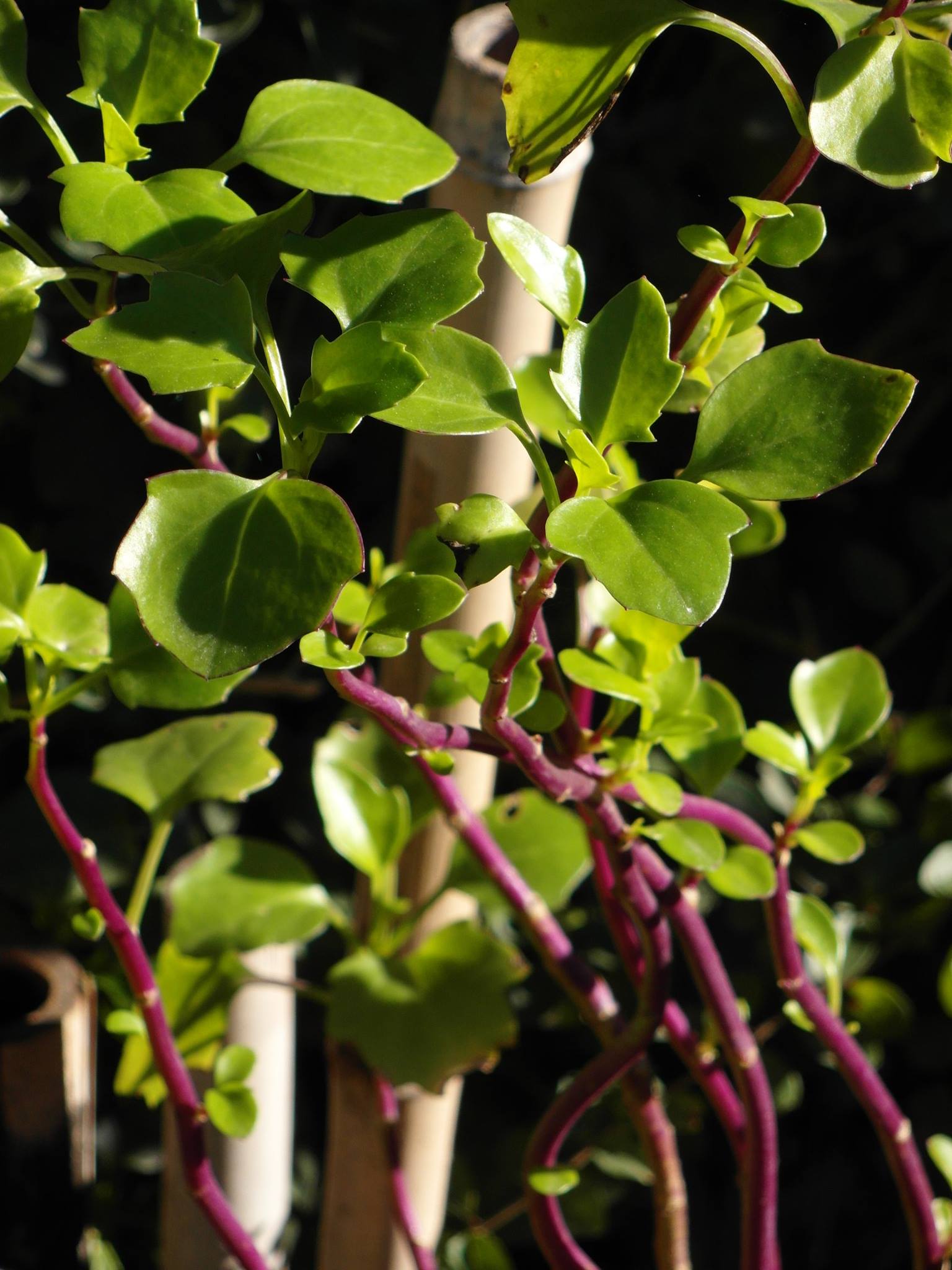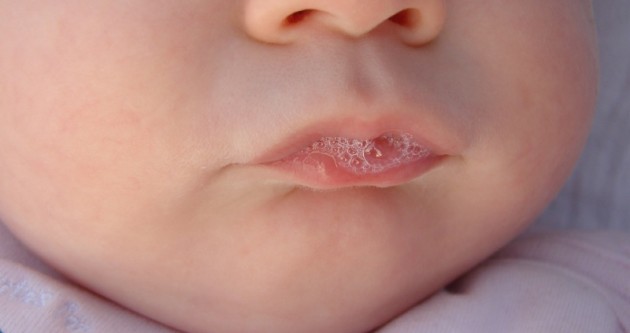|
Lepyronia Quadrangularis
''Lepyronia quadrangularis'' is a species of spittle bug that can be found in many places in the world. The adults are brownish with two oblique darker brown bands that strike across their fore wings (hemelytra). The fore wings are also marked with a small blackish curve at their tips. The eggs are laid between the leaf and the main stem of grasses from midsummer to late fall. The nymphs feed and molt under spittle and hibernate in the egg stage. ''Lepyronia quadrangularis'' is polyphagous, feeding upon a variety of grasses, shrubs, and herbs In general use, herbs are a widely distributed and widespread group of plants, excluding vegetables and other plants consumed for macronutrients, with savory or aromatic properties that are used for flavoring and garnishing food, for medicinal .... Its common name is diamond-backed spittle bug. References External links * Insects described in 1825 Aphrophoridae {{auchenorrhyncha-stub ... [...More Info...] [...Related Items...] OR: [Wikipedia] [Google] [Baidu] |
Thomas Say
Thomas Say (June 27, 1787 – October 10, 1834) was an American entomologist, conchologist, and herpetologist. His studies of insects and shells, numerous contributions to scientific journals, and scientific expeditions to Florida, Georgia, the Rocky Mountains, Mexico, and elsewhere made him an internationally known naturalist. Say has been called the father of American descriptive entomology and American conchology. He served as librarian for the Academy of Natural Sciences of Philadelphia, curator at the American Philosophical Society (elected in 1817), and professor of natural history at the University of Pennsylvania. Early life and education Born in Philadelphia into a prominent Quaker family, Thomas Say was the great-grandson of John Bartram, and the great-nephew of William Bartram. His father, Dr. Benjamin Say, was brother-in-law to another Bartram son, Moses Bartram. The Say family had a house, "The Cliffs" at Gray's Ferry, adjoining the Bartram family farms in King ... [...More Info...] [...Related Items...] OR: [Wikipedia] [Google] [Baidu] |
Species
In biology, a species is the basic unit of Taxonomy (biology), classification and a taxonomic rank of an organism, as well as a unit of biodiversity. A species is often defined as the largest group of organisms in which any two individuals of the appropriate sexes or mating types can reproduction, produce Fertility, fertile offspring, typically by sexual reproduction. Other ways of defining species include their karyotype, DNA sequence, morphology (biology), morphology, behaviour or ecological niche. In addition, paleontologists use the concept of the chronospecies since fossil reproduction cannot be examined. The most recent rigorous estimate for the total number of species of eukaryotes is between 8 and 8.7 million. However, only about 14% of these had been described by 2011. All species (except viruses) are given a binomial nomenclature, two-part name, a "binomial". The first part of a binomial is the genus to which the species belongs. The second part is called the specifi ... [...More Info...] [...Related Items...] OR: [Wikipedia] [Google] [Baidu] |
Spittle Bug
The froghoppers, or the superfamily Cercopoidea, are a group of hemipteran insects in the suborder Auchenorrhyncha. Adults are capable of jumping many times their height and length, giving the group their common name, but they are best known for their plant-sucking nymphs which encase themselves in foam in springtime. Taxonomy Traditionally, most of this superfamily was considered a single family, the Cercopidae, but this family has been split into three families for many years now: the Aphrophoridae, Cercopidae, and Clastopteridae. More recently, the family Epipygidae has been removed from the Aphrophoridae. Spittlebug nymphs These families are best known for the nymphal stage, which produces a cover of foamed-up plant sap visually resembling saliva; the nymphs are therefore commonly known as spittlebugs and their foam as cuckoo spit, frog spit, or snake spit. This characteristic spittle production is associated with the unusual trait of xylem feeding. Whereas most ... [...More Info...] [...Related Items...] OR: [Wikipedia] [Google] [Baidu] |
Egg (biology)
An egg is an organic vessel grown by an animal to carry a possibly fertilized egg cell (a zygote) and to incubate from it an embryo within the egg until the embryo has become an animal fetus that can survive on its own, at which point the animal hatches. Most arthropods such as insects, vertebrates (excluding live-bearing mammals), and mollusks lay eggs, although some, such as scorpions, do not. Reptile eggs, bird eggs, and monotreme eggs are laid out of water and are surrounded by a protective shell, either flexible or inflexible. Eggs laid on land or in nests are usually kept within a warm and favorable temperature range while the embryo grows. When the embryo is adequately developed it hatches, i.e., breaks out of the egg's shell. Some embryos have a temporary egg tooth they use to crack, pip, or break the eggshell or covering. The largest recorded egg is from a whale shark and was in size. Whale shark eggs typically hatch within the mother. At and up to , ... [...More Info...] [...Related Items...] OR: [Wikipedia] [Google] [Baidu] |
Plant Stem
A stem is one of two main structural axes of a vascular plant, the other being the root. It supports leaves, flowers and fruits, transports water and dissolved substances between the roots and the shoots in the xylem and phloem, stores nutrients, and produces new living tissue. The stem can also be called halm or haulm. The stem is normally divided into nodes and internodes: * The nodes hold one or more leaves, as well as buds which can grow into branches (with leaves, conifer cones, or flowers). Adventitious roots may also be produced from the nodes. * The internodes distance one node from another. The term " shoots" is often confused with "stems"; "shoots" generally refers to new fresh plant growth including both stems and other structures like leaves or flowers. In most plants stems are located above the soil surface but some plants have underground stems. Stems have four main functions which are: * Support for and the elevation of leaves, flowers, and fruits. The st ... [...More Info...] [...Related Items...] OR: [Wikipedia] [Google] [Baidu] |
Nymph (biology)
In biology, a nymph is the immature form of some invertebrates, particularly insects, which undergoes gradual metamorphosis ( hemimetabolism) before reaching its adult stage. Unlike a typical larva, a nymph's overall form already resembles that of the adult, except for a lack of wings (in winged species). In addition, while a nymph moults, it never enters a pupal stage. Instead, the final moult results in an adult insect. Nymphs undergo multiple stages of development called instars. This is the case, for example, in Orthoptera ( crickets, grasshoppers and locusts), Hemiptera (cicadas, shield bugs, whiteflies, aphids, leafhoppers, froghoppers, treehoppers etc.), mayflies, termites, cockroaches, mantises, stoneflies and Odonata ( dragonflies and damselflies). Nymphs of aquatic insects, as in the Odonata, Ephemeroptera, and Plecoptera, are also called naiads, an Ancient Greek name for mythological water nymphs. Usage of the term 'naiad' is no longer popular among en ... [...More Info...] [...Related Items...] OR: [Wikipedia] [Google] [Baidu] |
Molt
In biology, moulting (British English), or molting (American English), also known as sloughing, shedding, or in many invertebrates, ecdysis, is the manner in which an animal routinely casts off a part of its body (often, but not always, an outer layer or covering), either at specific times of the year, or at specific points in its life cycle. In medieval times it was also known as "mewing" (from the French verb "muer", to moult), a term that lives on in the name of Britain's Royal Mews where the King's hawks used to be kept during moulting time before becoming horse stables after Tudor times. Moulting can involve shedding the epidermis (skin), pelage ( hair, feathers, fur, wool), or other external layer. In some groups, other body parts may be shed, for example, the entire exoskeleton in arthropods, including the wings in some insects. Examples In birds In birds, moulting is the periodic replacement of feathers by shedding old feathers while producing new ones. Feat ... [...More Info...] [...Related Items...] OR: [Wikipedia] [Google] [Baidu] |
Spittle
Saliva (commonly referred to as spit) is an extracellular fluid produced and secreted by salivary glands in the mouth. In humans, saliva is around 99% water, plus electrolytes, mucus, white blood cells, epithelial cells (from which DNA can be extracted), enzymes (such as lipase and amylase), antimicrobial agents (such as secretory IgA, and lysozymes). The enzymes found in saliva are essential in beginning the process of digestion of dietary starches and fats. These enzymes also play a role in breaking down food particles entrapped within dental crevices, thus protecting teeth from bacterial decay. Saliva also performs a lubricating function, wetting food and permitting the initiation of swallowing, and protecting the oral mucosa from drying out. Various animal species have special uses for saliva that go beyond predigestion. Some swifts use their gummy saliva to build nests. ''Aerodramus'' nests form the basis of bird's nest soup. Cobras, vipers, and certain other members o ... [...More Info...] [...Related Items...] OR: [Wikipedia] [Google] [Baidu] |
Hibernation
Hibernation is a state of minimal activity and metabolic depression undergone by some animal species. Hibernation is a seasonal heterothermy characterized by low body-temperature, slow breathing and heart-rate, and low metabolic rate. It most commonly occurs during winter months. Although traditionally reserved for "deep" hibernators such as rodents, the term has been redefined to include animals such as bears and is now applied based on active metabolic suppression rather than any absolute decline in body temperature. Many experts believe that the processes of daily torpor and hibernation form a continuum and utilise similar mechanisms. The equivalent during the summer months is aestivation. Hibernation functions to conserve energy when sufficient food is not available. To achieve this energy saving, an endothermic animal decreases its metabolic rate and thereby its body temperature. Hibernation may last days, weeks, or months—depending on the species, ambient temperatu ... [...More Info...] [...Related Items...] OR: [Wikipedia] [Google] [Baidu] |
Grasses
Poaceae () or Gramineae () is a large and nearly ubiquitous family of monocotyledonous flowering plants commonly known as grasses. It includes the cereal grasses, bamboos and the grasses of natural grassland and species cultivated in lawns and pasture. The latter are commonly referred to collectively as grass. With around 780 genera and around 12,000 species, the Poaceae is the fifth-largest plant family, following the Asteraceae, Orchidaceae, Fabaceae and Rubiaceae. The Poaceae are the most economically important plant family, providing staple foods from domesticated cereal crops such as maize, wheat, rice, barley, and millet as well as feed for meat-producing animals. They provide, through direct human consumption, just over one-half (51%) of all dietary energy; rice provides 20%, wheat supplies 20%, maize (corn) 5.5%, and other grains 6%. Some members of the Poaceae are used as building materials (bamboo, thatch, and straw); others can provide a source of biofuel, ... [...More Info...] [...Related Items...] OR: [Wikipedia] [Google] [Baidu] |





.jpg)

